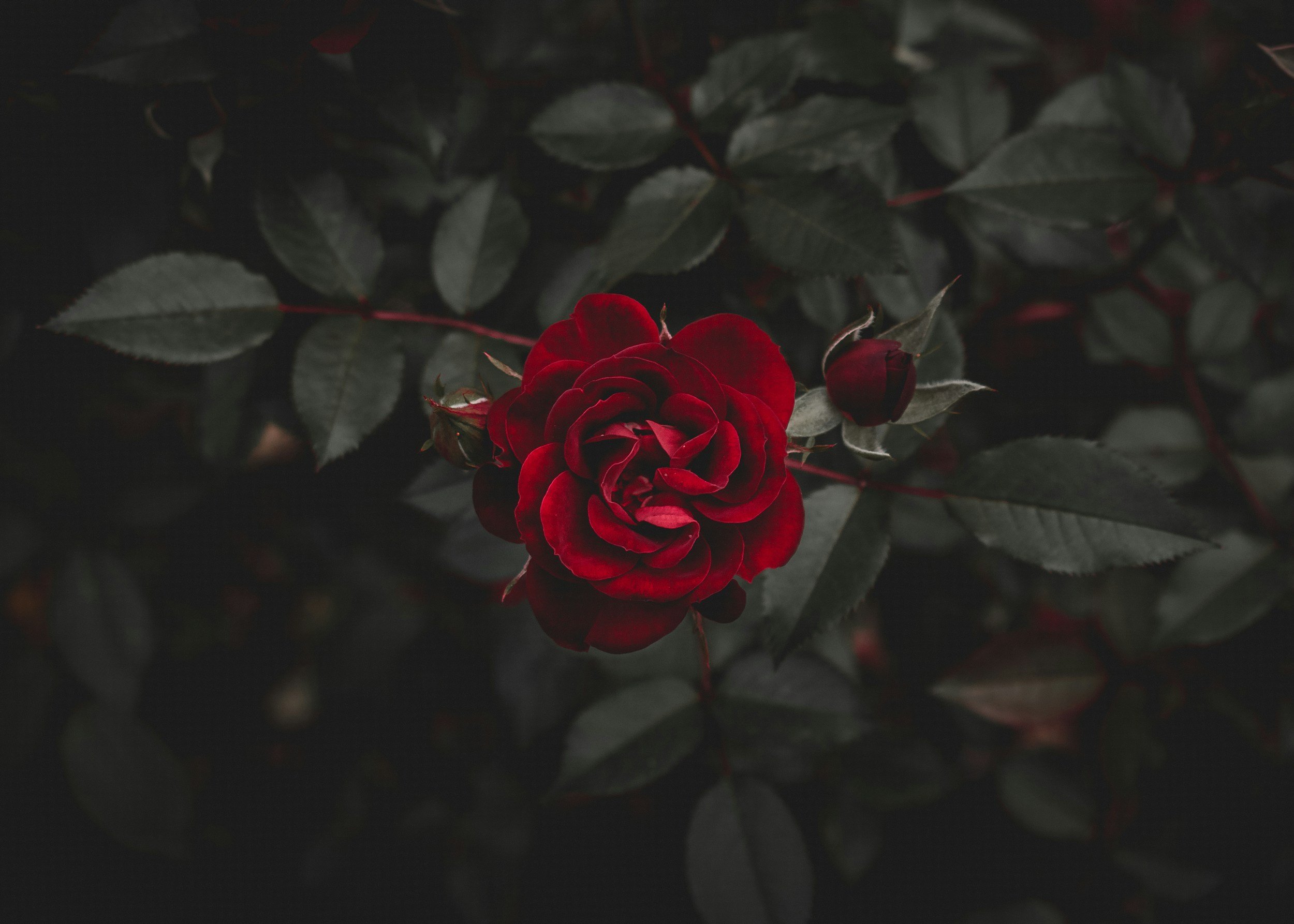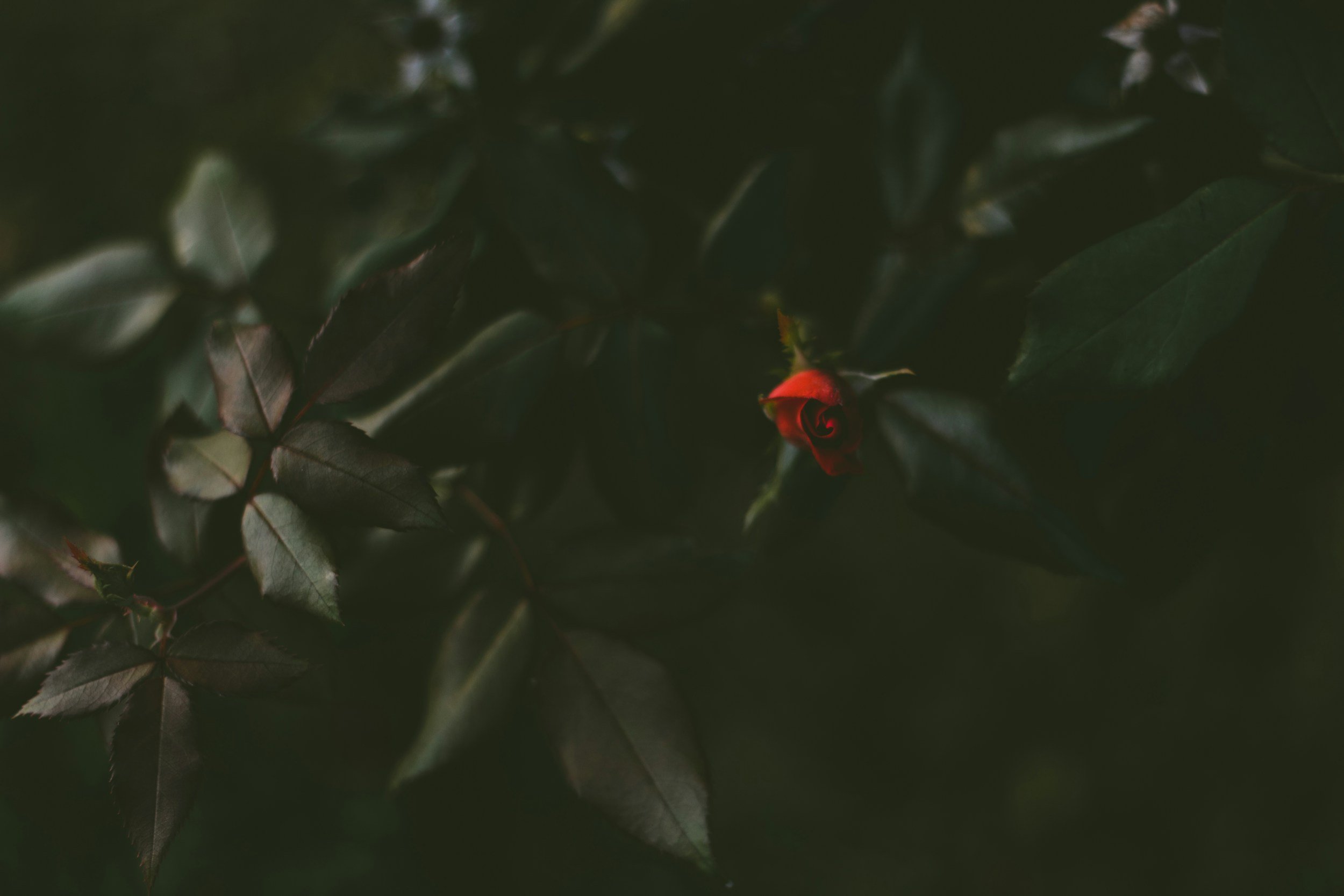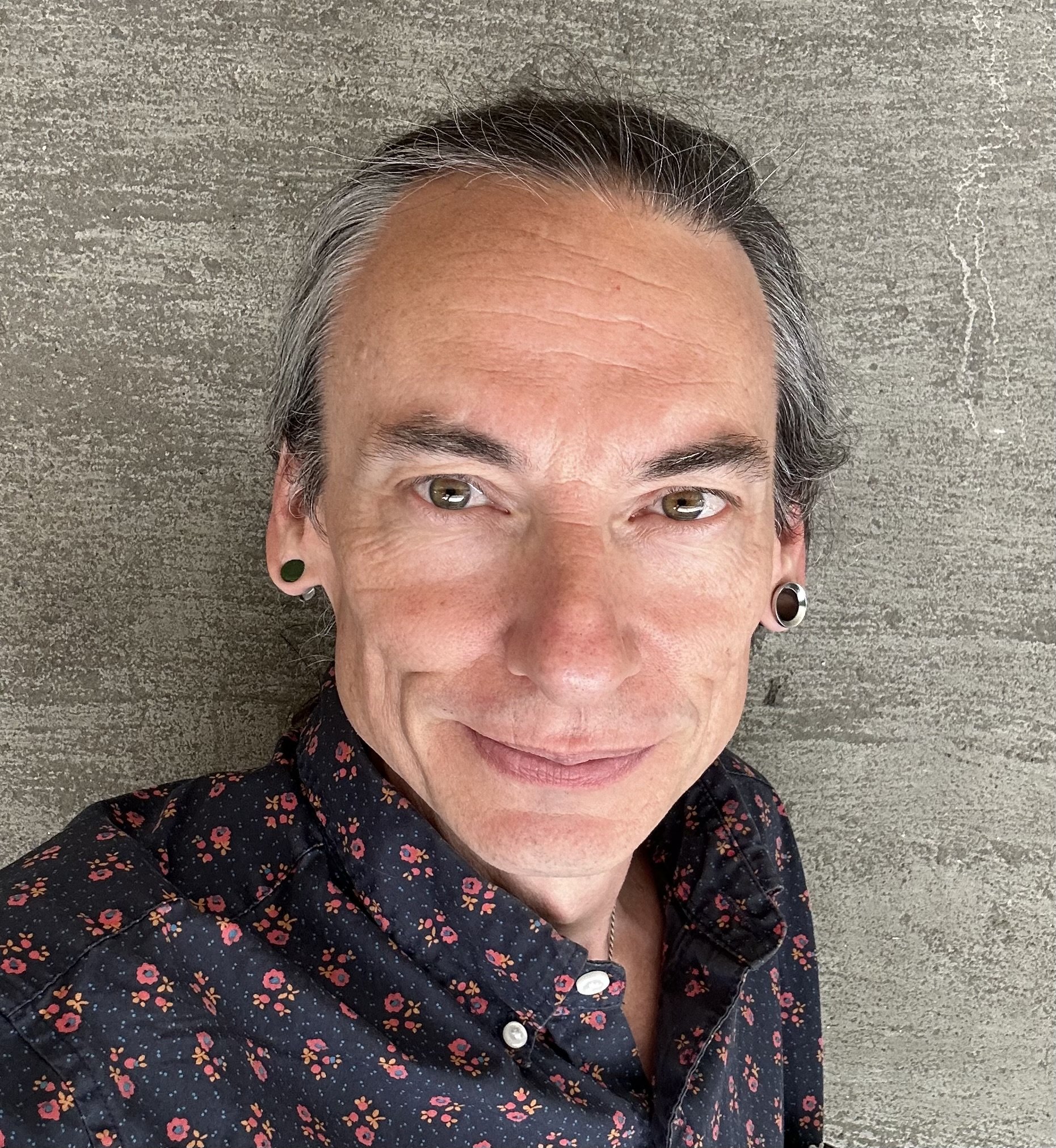
CLASSICAL CHINESE MEDICINE
Anarcho - Integral Physio-semiotics.
What is the Meaning of Anarcho-Integral Physio-semiotics?
Each element of this moniker can be defined separately and re-territorialized as a whole description of how I understand my work.
Anarcho
“Anarcho refers to the philosophy of anarchism. Contrary to many of the associations that this term bears, anarchism is a robust philosophy that is ultimately predicated upon the same non-pathologizing model that I consider an important part of my mission. Anarchism is a perspective that might be called true democracy in action. It is based in the idea that we are capable of acting responsibly and in full freedom without coercion or punitive directives.
In practicing Chinese medicine, one promotes a sense of freedom by freeing the Other from a sense of internal compulsion and from the effects of external influences. Although natural hierarchies exist, when these are in cooperation and unconditional positive regard, there is a fluidity that emerges in the therapeutic relationship. For example, while I might be able to see that several symptoms are really from one cause, I can never be more knowledgeable about a patient’s own experience of their symptoms; in that sense, I empower them. In nature, this is like the eddies in a stream. Although the water seems to be flowing in one direction, there are really countless swirling eddies within the overall flow. All aspects of Chinese medicine are mirrored in the natural and cosmic world.
Integral
Integral is a term that comes from two authors: Jean Gebser and Sri Aurobindo. It can be a challenge to define how these two fields of consciousness studies and Chinese medicine coincide, but medicine is often understood as applied philosophy. Gebser describes consciousness as neither knowledge nor conscience…but in the broadest sense as wakeful presence” (Gebser, EPO, 42). This clarity or diaphaneity, as emerges from wakeful presence, when applied to Chinese medicine mirrors needling itself. I have written extensively about this elsewhere. But the bottom line is that in my view as we strive to understand the constant creative evolution of awareness, and to align ourselves fully with that, one soon recognizes that there is an evolutionary process at play in the world, and that the underlying dynamic of that development is the same model that forms the basis of the entire wholistic and ecological vision of the body and the world in Chinese medicine. I aim to make this a visceral and sensory experience for those in my care, and always remind them that it is arising within and from them.
Physio-semiotics
Physio-semiotics is a term that I coined to describe my understanding of the symbol science of Chinese medicine. The term emerged from my encounter with biosemiotics though Jakob von Uexkull and Charles Pierce through Gebser. I use the term Physio to imply that it is the body and physic that we are addressing, and semiotics as the study of meaning, and the signs which express it. The body is just such a sign. The channel and organ models of Chinese medicine, which spiral from the physical to the cosmological and back again: always expanding and contracting, ascending and descending, and self-organizing spontaneously in movement are embedded in rich worlds of meaning and symbolic significance. Every bodily structure has both its anatomical or physiological function, and a meaning based upon many factors. One expression of this is the basic CM term Zangxiang, which suggests that we can understand the health of the organs through symbolic representations such as the complexion, or the nails, or earlobes.
Anarcho-Integral Physio-semiotics
Altogether Anarcho-Integral Physiosemiotics is a phrase that aims to capture what I think are the most important channels for understanding the actual experience of working with Chinese medicine, as I understand it, either as a doctor or patient.
Following my teacher Dr. Leon Hammer, I articulate a number of qualities that I hope working together will evoke:
· Awe: an astonished awareness of the breadth and depth of the world
· Reverence: the assimilation of awe as an enduring attribute
· Humility: a natural consequence of reverence and awe
· Contemplation: cultivating awareness of the unity of the body and the divine
· Moral values: a consequence of unified awareness, or spiritual realization
· Acceptance: surrender of ego dominance
· Faith: as an expression of finding meaning
· Creative expression: to fully embody the play of awareness
· Contact: shared humanity, and shared consciousness
· Freedom: the alignment of all the previous values into true self-realization.

